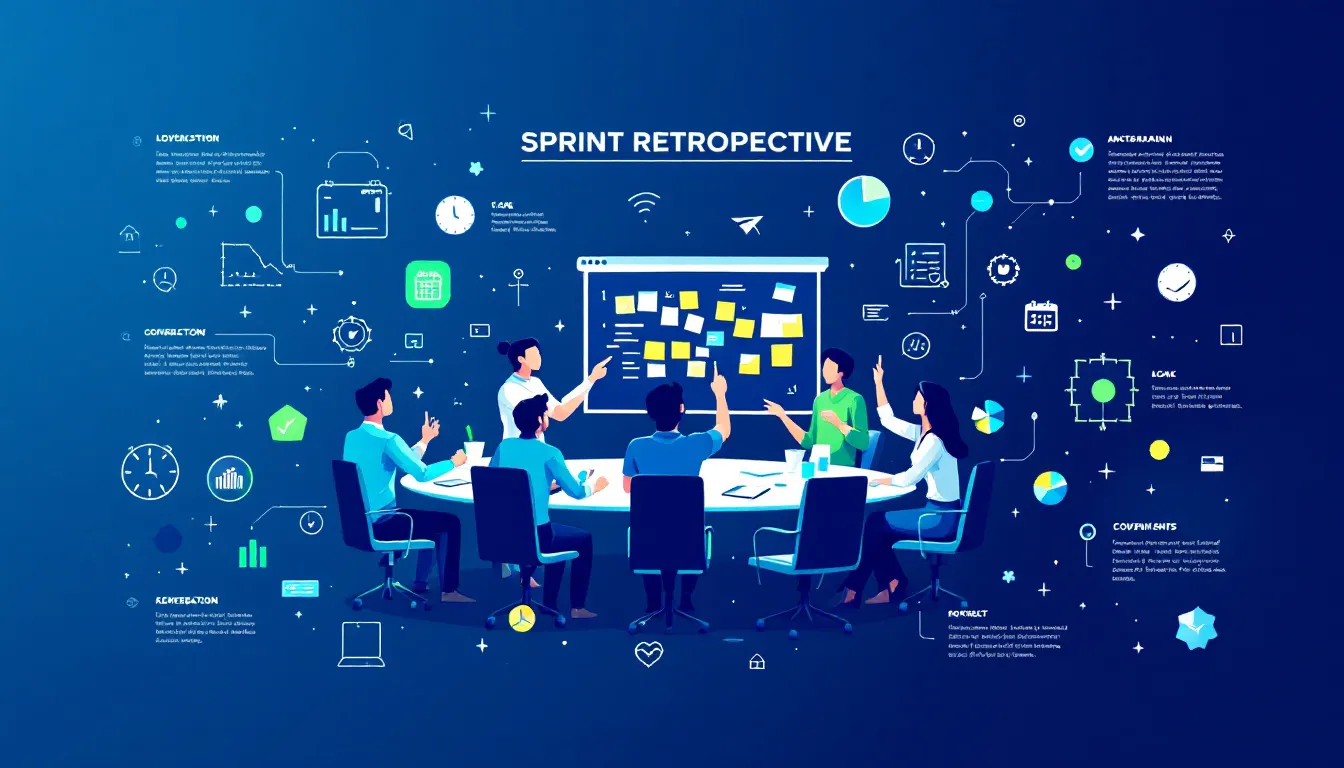Augmented reality (AR) is redefining how software is designed and experienced. From enhancing user interaction to transforming team workflows, AR is quickly becoming a cornerstone of forward-thinking development.
A New Dimension in Development
AR brings immersive, interactive elements into the user interface, allowing users to visualize data or manipulate digital overlays in real environments. Developers now build experiences that not only inform but engage—streamlining collaboration and making digital tools more intuitive.
For instance, AR glasses can display virtual models for team reviews, eliminating physical prototypes and improving turnaround time. Studies show AR boosts team collaboration efficiency by 50% and increases user retention by as much as 70% when designed with simplicity and user feedback in mind.
Core Technologies Powering AR
Several technologies underpin the AR revolution:
- Computer Vision: Enables real-time scene recognition and interaction.
- SLAM (Simultaneous Localization and Mapping): Powers spatial tracking, crucial for navigation and object placement.
- 5G Networks: Deliver the speed and bandwidth needed for responsive AR experiences.
Display quality, lighting conditions, and environmental consistency remain hurdles, but steady advances continue to push performance boundaries.
Essential AR SDKs for Developers
Modern AR development is driven by powerful SDKs:
- ARKit & ARCore: Core tools for iOS and Android AR applications.
- Vuforia & Wikitude: Advanced object recognition and flexible marker tracking.
- 8th Wall: Enables WebAR, reducing the need for app downloads.
Other notable SDKs include DeepAR for facial AR, EasyAR for budget-friendly integration, and Kudan for AI-driven SLAM.
AI + AR: Smarter, Personalized Interactions
Artificial intelligence enhances AR by making it responsive and personalized. AI-driven AR apps can:
- Adapt to user behavior in real time.
- Tailor experiences in retail, education, or training.
- Offer intelligent content updates and feedback loops.
This fusion of technologies allows businesses to build dynamic, customer-centric solutions that adjust on the fly.
Wearable AR: The Rise of Hands-Free UX

Wearables like smart glasses are leading a shift toward seamless, hands-free computing. Devices like Meta’s Aria Gen 2 and Apple’s Vision Pro integrate voice, gesture, and even eye-tracking capabilities for fluid interaction. Advances in battery life and connectivity are making these devices more practical and comfortable for daily use.
Cross-Platform AR: Expanding Reach
Cross-platform development reduces costs and time-to-market by supporting multiple devices and operating systems. WebAR, in particular, enables instant access via a browser link—boosting accessibility and user adoption.
Real-Time Integration: AR Meets IoT

AR systems that incorporate real-time data enable live diagnostics, remote assistance, and equipment monitoring. In industrial settings, AR can overlay sensor data or maintenance instructions directly into a technician’s field of view, accelerating decisions and improving safety.
Industry Use Cases
- Healthcare: AR helps with navigation, diagnostics, and training.
- Retail: Virtual try-ons and interactive product displays boost engagement.
- Education & Training: Simulations enhance learning outcomes.
These examples highlight how AR can solve practical problems and drive innovation across sectors.
Challenges and Considerations
Despite its transformative promise, augmented reality development faces notable challenges. Poor-quality visuals can severely impact user immersion, while the fragmented AR hardware ecosystem complicates development and optimization. User adoption is another hurdle, with many individuals remaining skeptical or unfamiliar with AR experiences. Moreover, monetization remains elusive for many developers due to unclear or unproven business models. Ethical considerations also come into play, particularly with wearable AR devices, which raise privacy concerns around data collection and usage. Addressing these issues requires a thoughtful approach to content quality, user education, device compatibility, and data protection.
Looking Ahead
The outlook for AR is exceptionally promising, with the market expected to surpass $60 billion by 2025. Continued investment and innovation are driving trends like gesture-based controls, eye-tracking, and voice interaction, making AR more intuitive and accessible. The integration of AI will further personalize and enhance AR experiences, while mixed reality tools will blend digital content more seamlessly into everyday life. As these technologies mature, AR will become a powerful force in reshaping industries, streamlining workflows, and elevating user engagement across a wide range of applications.



